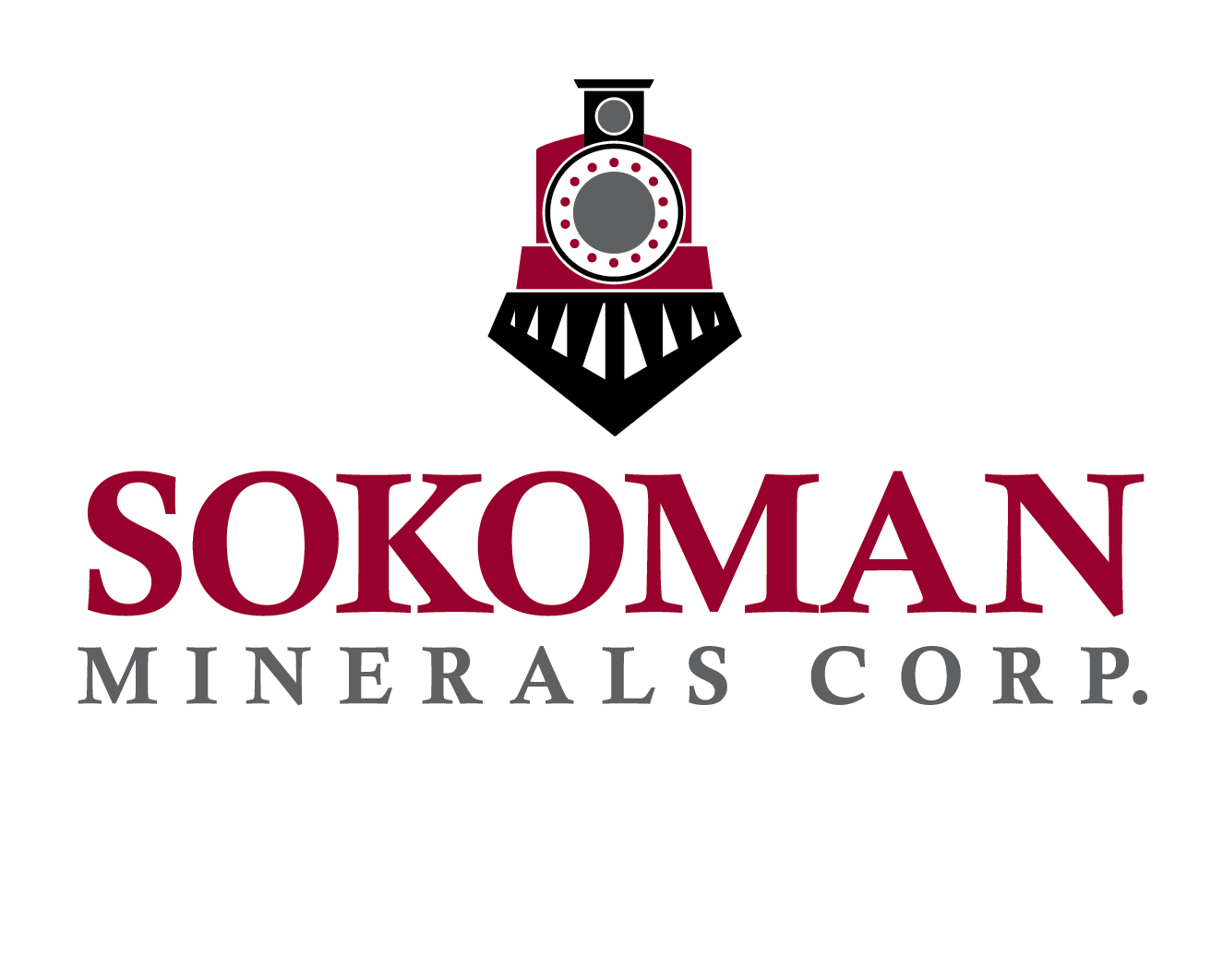Corporate Overview
Message from our CEO
"Let me share some exciting updates about our journey this year. Our exploration efforts are truly starting to rock “the Rock”—hit after hit, leading to remarkable new discoveries.
2025 is shaping up to be a game-changer for our flagship Moosehead Gold Project. We’re kicking off a new phase with bulk sampling in two high-grade gold zones. This will help us better understand the intricate geological controls behind the high-grade mineralization we’ve encountered. So far, we’ve identified eight high-grade gold zones within a stretch that’s at least 700 m in strike length, 200 m in width, and 250 m deep. It’s an impressive start, and we’re just getting warmed up.
Over at our Fleur de Lys Gold Project, we’re still in the early stages. Last year, we completed 23 short drill holes and found some intriguing evidence of a nearby gold occurrence—what we’re calling the Golden Bull discovery. These rocks are similar to the Dalradian Supergroup in Ireland, and while we’ve only scratched the surface, further drilling is definitely on the horizon.
Let’s not forget our joint venture projects with Benton Resources Inc.—a partnership we’re proud to call a win-win. Here’s a quick rundown:
Grey River Property: A large-scale gold project with immense potential.
Killick Lithium Project (formerly Golden Hope): This project’s already caught the attention of Piedmont Lithium, which has committed $24 million in shares and exploration funding for a major stake.
Kepenkeck Gold Project: Drill results here have been impressive, with highlights like 9.6 g/t over 7.7 m.
And of course, we’ve got our optioned projects where the optionees are fully vested:
East Alder Project with Canterra Minerals Inc., where we retain shares and a 1% NSR.
Startrek Project with Thunder Gold, where we also hold shares and a 1% NSR.
It’s an exciting time for us, and I’m thrilled to see what 2025 brings. These projects are the foundation of our vision for sustainable, impactful growth, and they show just how much potential lies within Newfoundland’s incredible geology. Let’s keep this momentum going!"
Timothy Froude, P.Geo.
President and CEO, Director
Subscribe to our Mailing List!
Sign up and get the latest Company news directly in your mailbox


